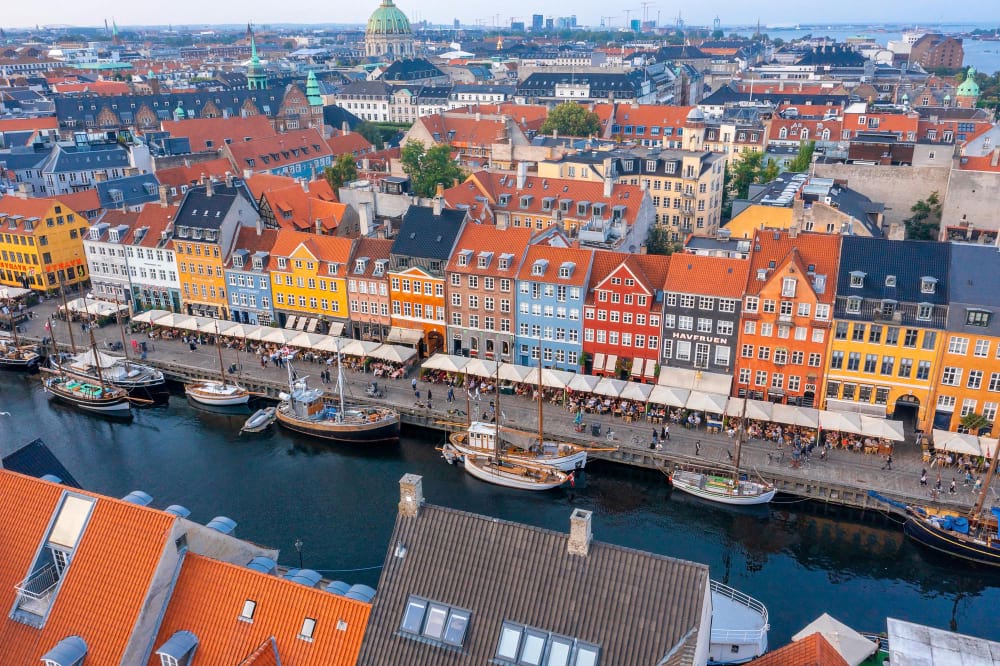Similar findings indicate that smaller cities are often thought to be safer, with Oviedo, Spain, and Ljubljana, Slovenia, ranking second and third in the zone, according to EU Helpers.
Bialystok, Poland; Groningen, Netherlands; and Zurich, Switzerland, are listed as the fourth, fifth, and sixth safest cities in Europe, respectively, one percentage point below the top three. Of the respondents, 86 percent thought highly of these towns for their security.
According to the poll, cities in southern member states generally ranked lower than those in northern member states in terms of safety, with 63% of inhabitants in southern cities reporting that they feel safe, compared to 82% of respondents in northern cities.
Less than half of respondents thought Rome and Athens were safe (38 and 40%, respectively), placing Rome and Naples in Italy and Athens in Greece at the bottom of the list of cities in the southern Member States. Given that these two cities rank among the most popular tourist sites in the entire zone, this can be a troubling discovery.
Another Danish city, Aalborg, rounds up the top ten safest cities list for 2023 with 85% of its citizens believing it is safe to walk at night. Aalborg has very good safety indicators since the majority of its residents—87 percent—say that they can trust other city residents. This puts Aalborg at the top of the list of cities where residents trust one another.
Portugal's Braga and Luxembourg's Braga are placed ninth and tenth, respectively, with 84 and 83 percent of locals thinking these cities are safe.
In certain nations, such as Denmark, Austria, Slovakia, Finland, Switzerland, and the United Kingdom, people's impression of safety is generally the same regardless of their location; however, this is not the case in most other countries.
In France, for instance, people's perceptions of safety differ greatly; in Marseille, 43% of people feel comfortable walking at night, whereas in Bordeaux, 82% do.
City-level differences of a similar nature are noted in Belgium (Liège, 44%; Antwerp, 73%); Bulgaria (Sofia, 48%; Burgas, 66%); Czechia (Ostrava, 45%; Prague, 62%) Greece (Athens, 40%; Heraklion, 68%) Italy (Rome, 37%; Verona, 64%) Romania (Bucharest, 58%; Cluj-Napoca, 80%); and Turkiye (Istanbul 44 percent; Antalya, 80%).

